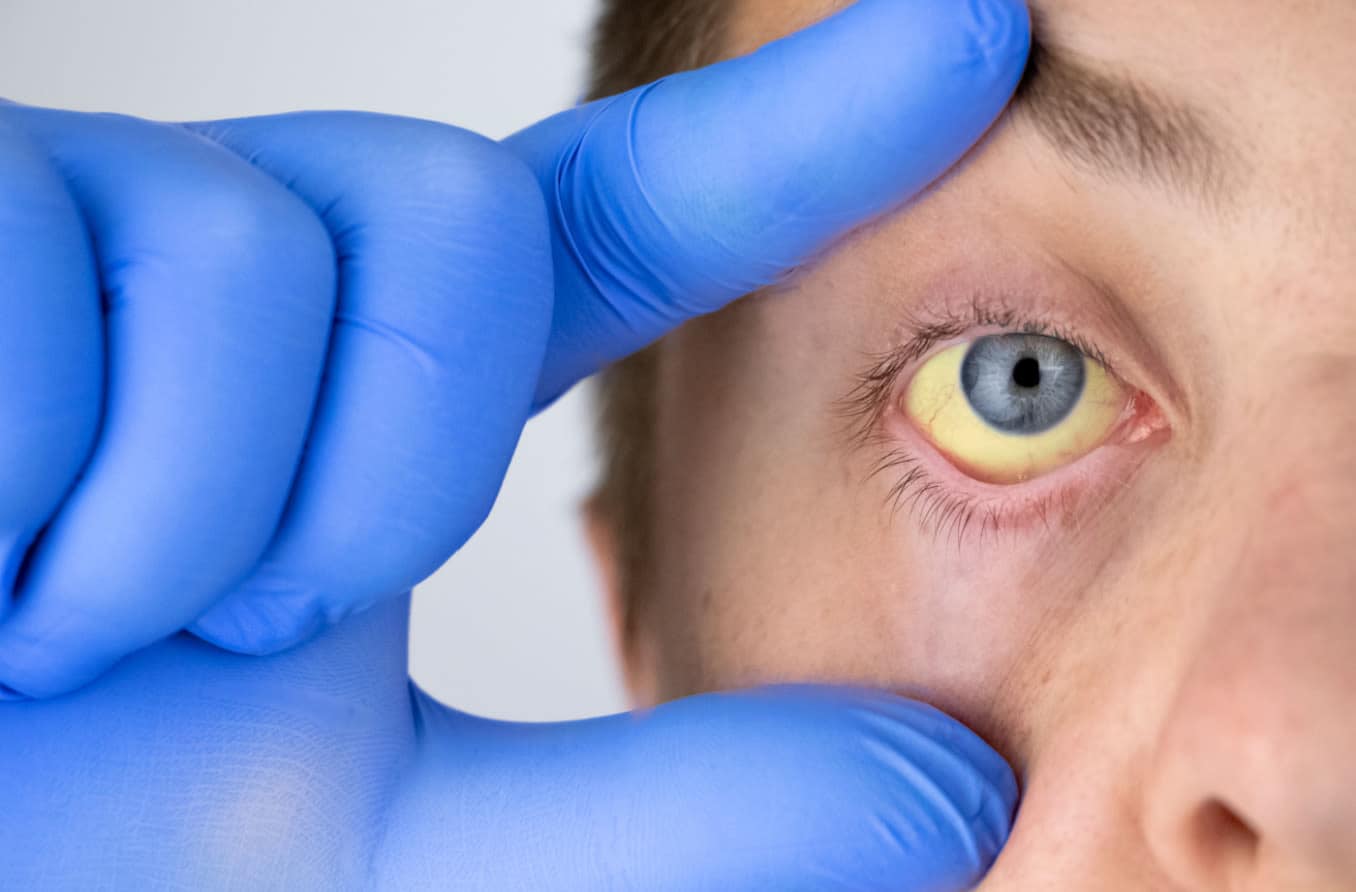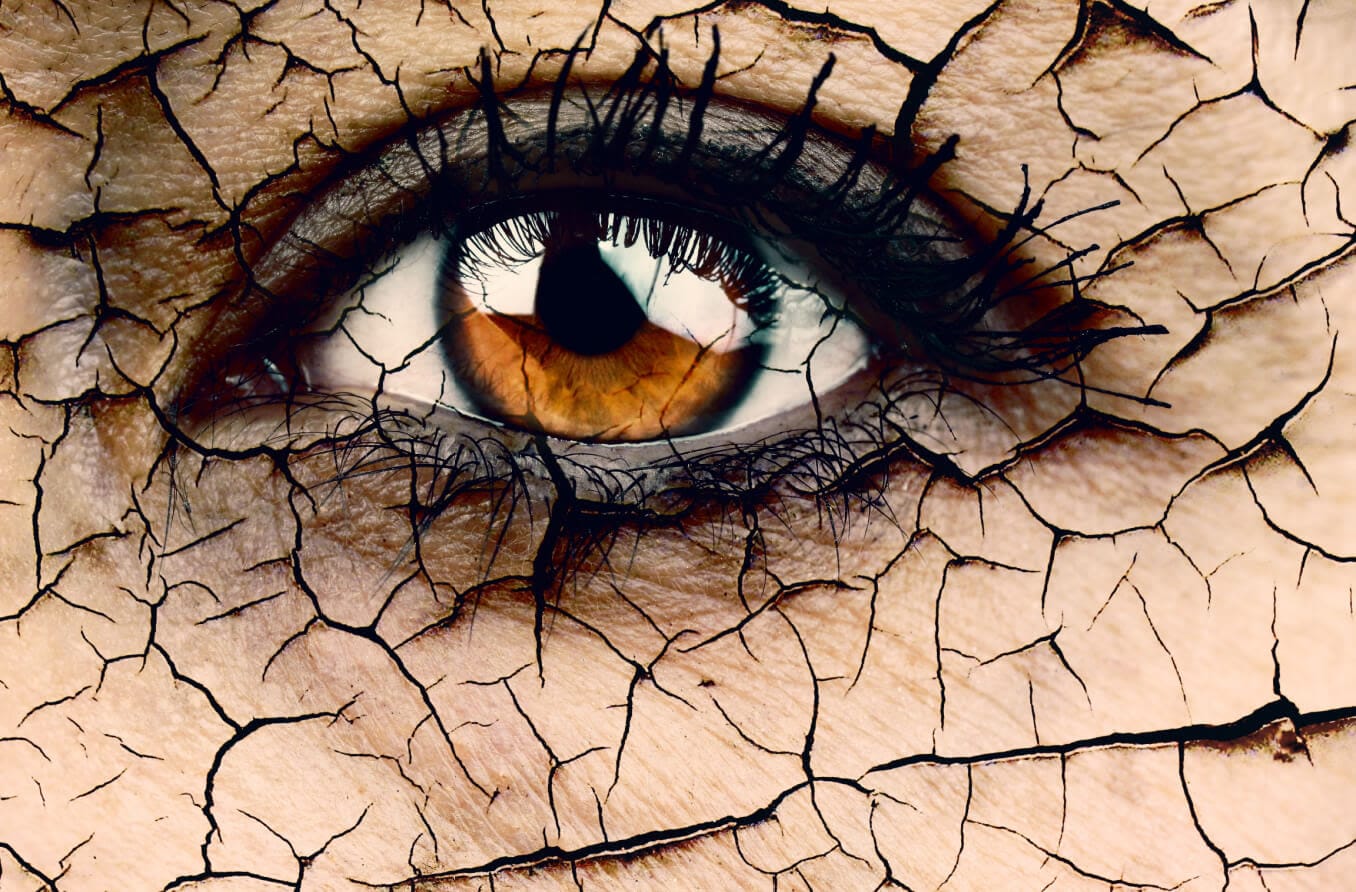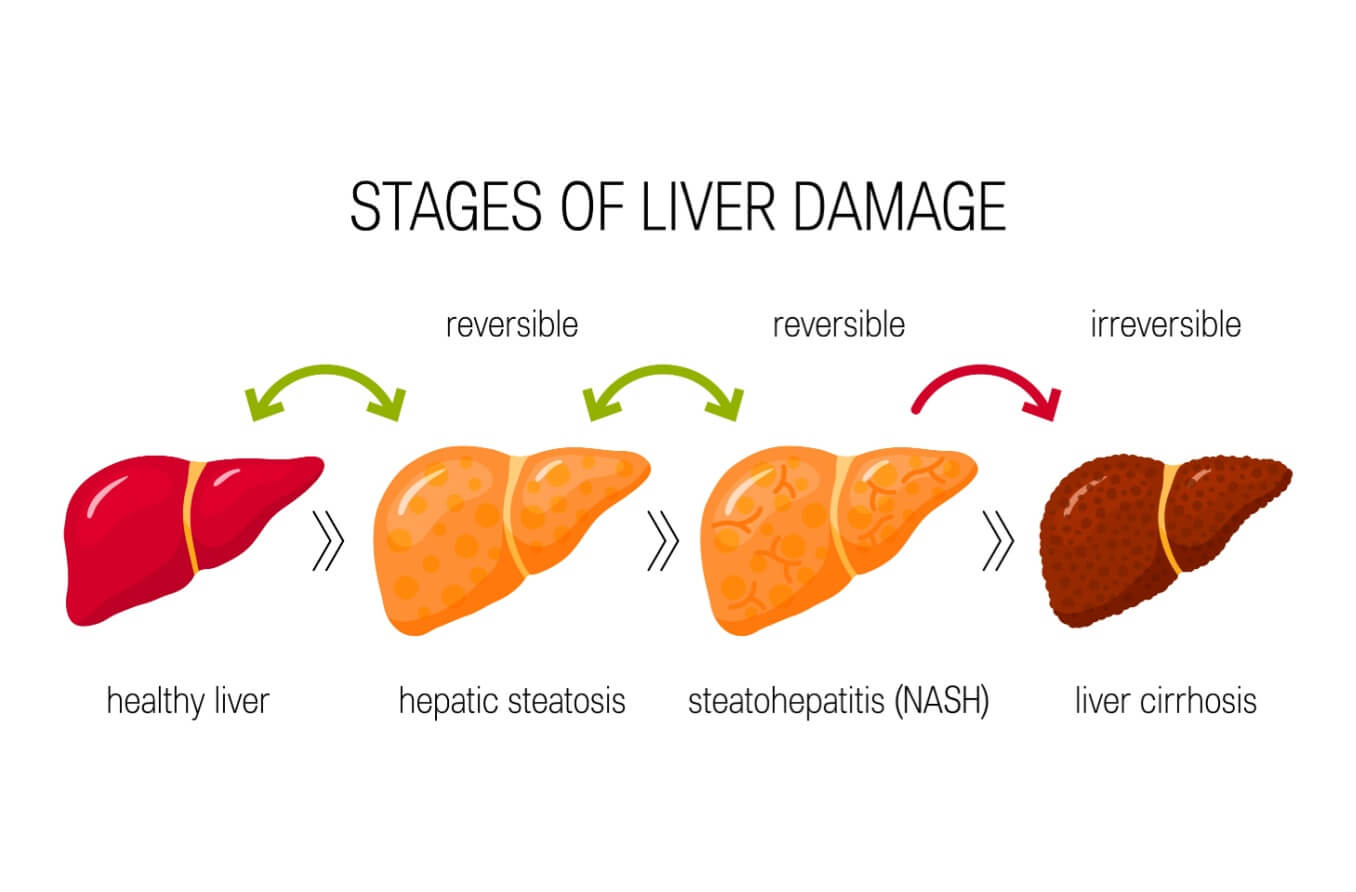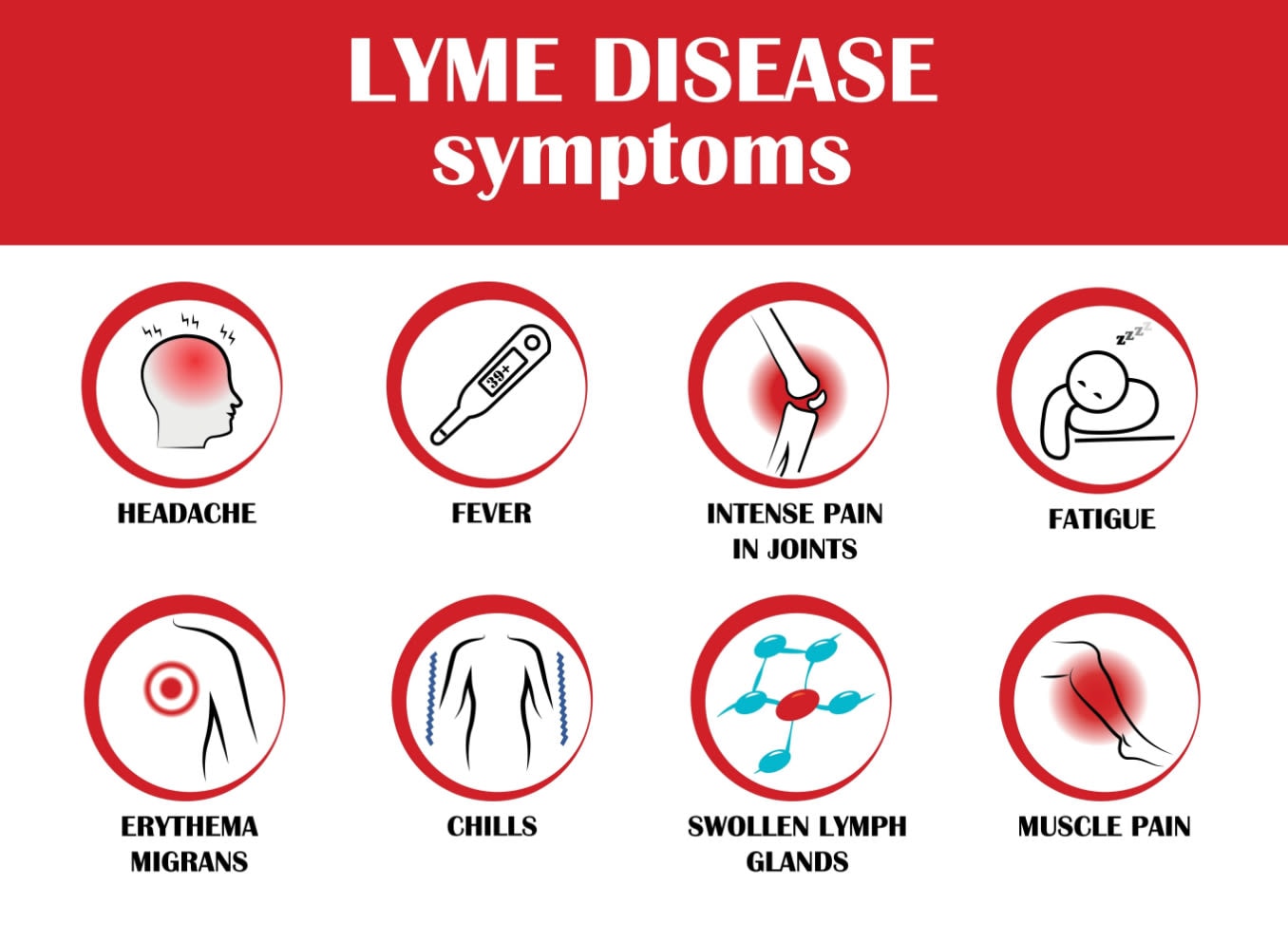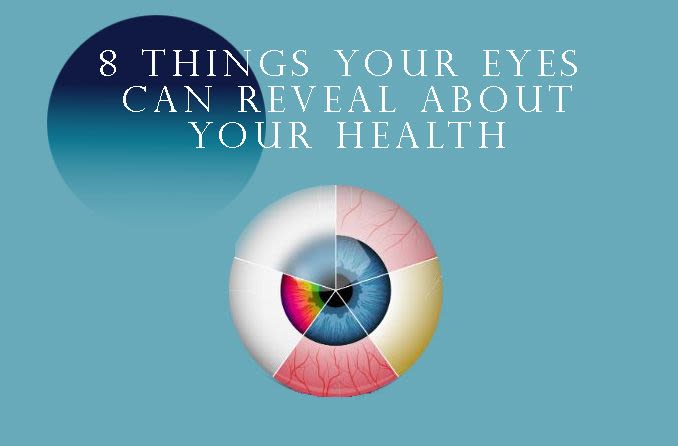How does anemia affect the eyes?
Anemia occurs when there is a deficiency of red blood cells, leading to decreased oxygen to the body, including the eyes. The whites of the eyes may develop a blue color, the inside of the lower eyelids may become pale, and the retina may become damaged due to a lack of oxygen and leaking blood vessels.
Certain types of anemia can cause specific changes in the eye, such as:
Swelling in the retina (the light-sensitive tissue of the eye)
Damage to the optic nerve (which carries messages from the eye to the brain)
Blockage of the artery and veins that serve the retina (retinal artery occlusion and retinal vein occlusion)
What is anemia?
Anemia is a condition that results from the body not producing an adequate number of healthy red blood cells (RBC). It is the most common blood condition, affecting over 3 million people in the U.S.
Red blood cells and anemia
The main function of RBC is to carry oxygen from the lungs and deliver it to the body. Red blood cells also remove carbon dioxide from the body and carry it back to the lungs, where it is exhaled.
Healthy red blood cells are donut-shaped and flattened in the center without the hole in the middle. They have an iron-rich protein called hemoglobin inside them. This protein attaches to the oxygen from the lungs and allows the RBC to deliver the oxygen to the rest of the body.
When the body does not produce enough healthy red blood cells, as happens in anemia, not enough oxygen reaches the tissues, leading to many different symptoms.
Red blood cells are made in your bone marrow, the tissue inside your bones. They last 90 to 120 days, after which the body destroys them and signals for new ones to be made.
Adequate nutrition is important in making enough RBC. This includes having enough:
Iron
Folic acid
Vitamin B12
This is why a poor diet or poor absorption of nutrients can impact the body’s ability to make RBC and may lead to anemia.
Test for anemia
Anemia is diagnosed with a blood test. A doctor will look at the values of hemoglobin to determine whether someone has the condition. Anemia is diagnosed when the blood shows a hemoglobin value that is:
Less than 13.5 gm/dl in a man
Less than 12.0 gm/dl in a woman
Varies with age for children
What causes anemia?
Anemia occurs when the body does not produce enough healthy red blood cells. While Iron deficiency is the most common cause of anemia, it can occur due to many underlying causes and conditions.
Causes
Anemia has three major causes:
Loss of blood
Insufficient RBC production
RBC destruction occurs at a higher-than-normal rate
Conditions, medications and deficiencies
Certain types of anemia, such as thalassemia (when the body does not make enough hemoglobin) and sickle cell anemia (where red blood cells are shaped like a sickle and stick together), have a genetic cause.
Chronic diseases, certain medications or nutrition deficiencies can also cause anemia:
Poor nutrition or nutrient absorption – This can result in an iron, folate or vitamin B12 deficiency.
Medications – The use of certain antibiotics or the chronic use of NSAIDs (for example, ibuprofen) or antacids can contribute to anemia.
Immune system issues – Some immune system disorders can cause RBC destruction at a higher-than-normal rate.
Chronic diseases – Conditions such as cancer, ulcerative colitis, chronic kidney disease, rheumatoid arthritis and metabolic disorders like G6PD deficiency can cause anemia.
Bone marrow conditions – Anemia may result from bone marrow conditions such as leukemia, lymphoma, multiple myeloma or aplastic anemia.
Blood loss – This can be slow, such as from severe menstrual periods or stomach ulcers, or rapid.
Pregnancy – Anemia may result when pregnancies are close together or involve more than one child, or when the mother experiences frequent vomiting, has insufficient iron intake or has a heavy menstrual flow before becoming pregnant.
Eye-related symptoms of anemia
Anemia impacts the eye by depriving the tissues of oxygen. It affects both the outer structures and inner structures of the eye.
Outer eye
The sclera — the white of the eye — can develop an underlying hue (color), while the inner lower eyelid can lose its hue.
Bluish sclera – In some types of anemia, such as iron deficiency anemia, the whites of the eyes can appear to have a blue hue.
Yellowish sclera – In other types of anemia, such as hemolytic or sickle cell anemia, the whites of the eyes can develop a yellowish color.
Pale inner lower eyelid – Iron deficiency anemia can cause the inside of the lower eyelids to become yellowish or pale instead of a healthy red.
Inner eye
The retina — the light-sensitive tissue in the back of the eye — can become damaged by anemia. As the severity of anemia increases, the risk of damage also increases.
Hypoxia – Anemia can cause the retina’s tissue to become starved for oxygen, known as hypoxia . During a dilated exam, an eye doctor can see the areas inside the eye that do not have enough oxygen — called cotton wool spots.
Transient retinal hemorrhages – When the retina does not have sufficient oxygen, a cascade of events can lead to damaged retinal blood vessels that begin to periodically leak fluid and blood, known as transient retinal hemorrhages.
Eye symptoms of specific anemias
Some types of anemia cause specific changes in the eye. This can include swelling in the structures of the retina, including the macula, the blockage of blood vessels and damage to the optic nerve (which carries messages from the eye to the brain).
Some specific anemias that impact the eyes include:
Sickle cell anemia – People with sickle cell disease (SCD) have red blood cells shaped like a sickle. This causes the RBC to stick together and block blood flow to body parts such as the eyes. Blocked blood vessels cause pressure to build up, causing the vessels to burst and bleed resulting in retinal complications.
The white of the eyes can become yellowish if jaundice develops. Symptoms include sudden floaters, blurred vision, blind spots, light flashes, a dark curtain closing over vision and side vision loss.
Iron deficiency anemia – When severe, this can lead to blockage of the blood vessels, including central retinal vein occlusion and retinal artery occlusion. In addition, it may cause disc edema — swelling where the retina and optic nerve connect.
Vitamin B12 deficiency anemia – Also known as pernicious anemia, this condition can lead to optic neuropathy (damage to the optic nerve).
Thalassemia – This blood disorder is passed from parent to child and causes the body to make an insufficient amount of hemoglobin. It can cause complications in the retina and yellowing of the whites of the eye.
Hemolytic anemia – This blood disorder causes red blood cells to be destroyed faster than they are made. Certain medications, particularly the class of antibiotics known as cephalosporins, are the most common cause. In addition, infections such as malaria and HIV can lead to this type of anemia.
READ MORE: How sickle cell disease affects vision
Can anemia cause blurry vision?
In most cases, people do not have many eye or vision symptoms from anemia unless it has begun to cause damage to the eye’s tissues. If anemia worsens, bleeding and swelling in the retina could lead to vision issues.
General symptoms of anemia
Anemia impacts every body system. The effects can be mild or severe, depending on the type of anemia. General symptoms of anemia include:
Fatigue and weakness
Lightheadedness or headaches
Shortness of breath
Fast or irregular heartbeat
Throbbing sound in the ears
Cold hands or feet
Pain in the chest
If anemia becomes severe, symptoms can progress and include a pale undertone to the skin, brittle nails and mouth ulcers.
Managing anemia to protect vision
The type and severity of anemia you have will determine the treatment. Iron supplements and vitamins may be recommended to treat some mild types of anemia. Your doctor may also prescribe medicines that help your body produce more red blood cells. In addition, changes in diet to boost your iron levels can be beneficial.
Anemia can sometimes signal a more serious condition. A medical history, physical exam and laboratory tests may be required to detect underlying causes such as autoimmune diseases, bleeding in your stomach, inflammation from an infection, cancer or kidney disease.
If you are experiencing symptoms that may indicate anemia, schedule an appointment with your primary care provider. In addition, schedule a comprehensive eye exam to help ensure your eyes are healthy.

